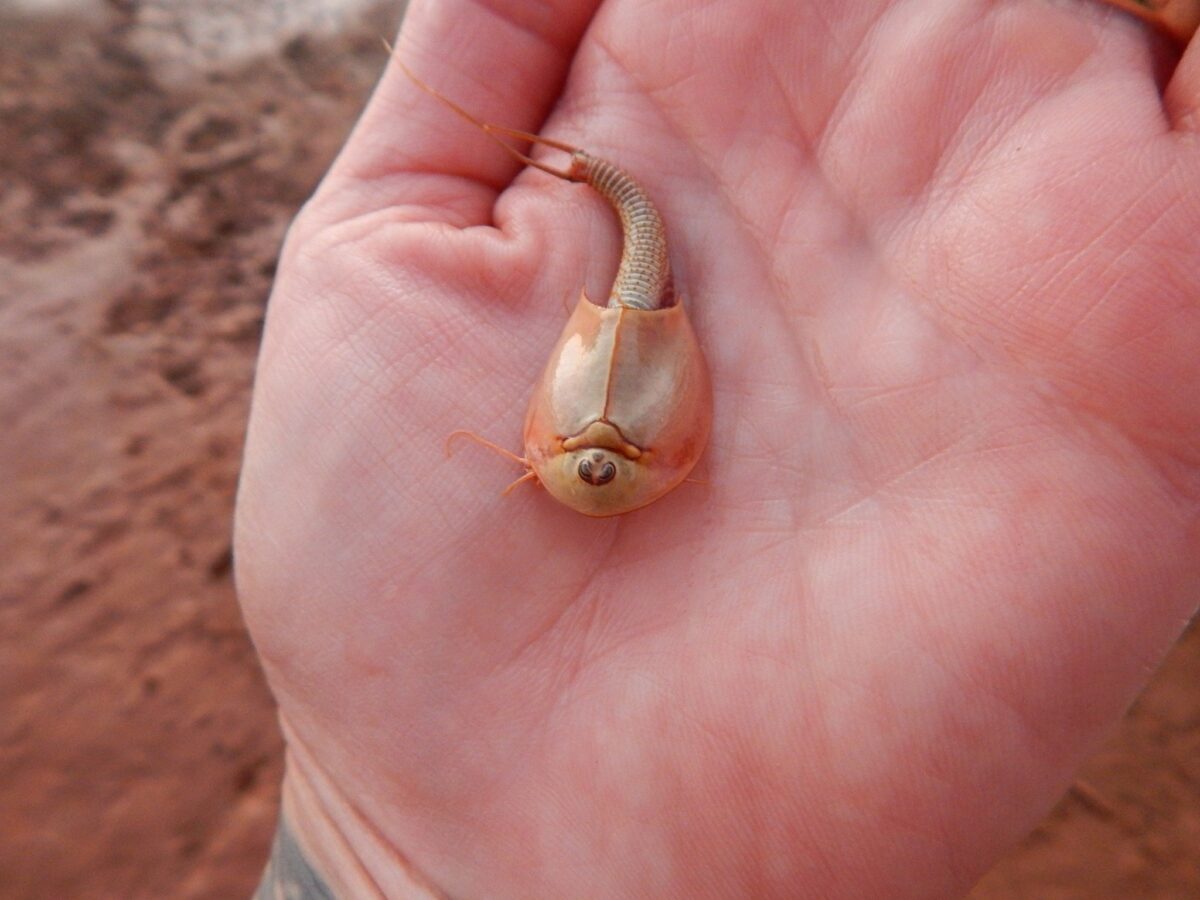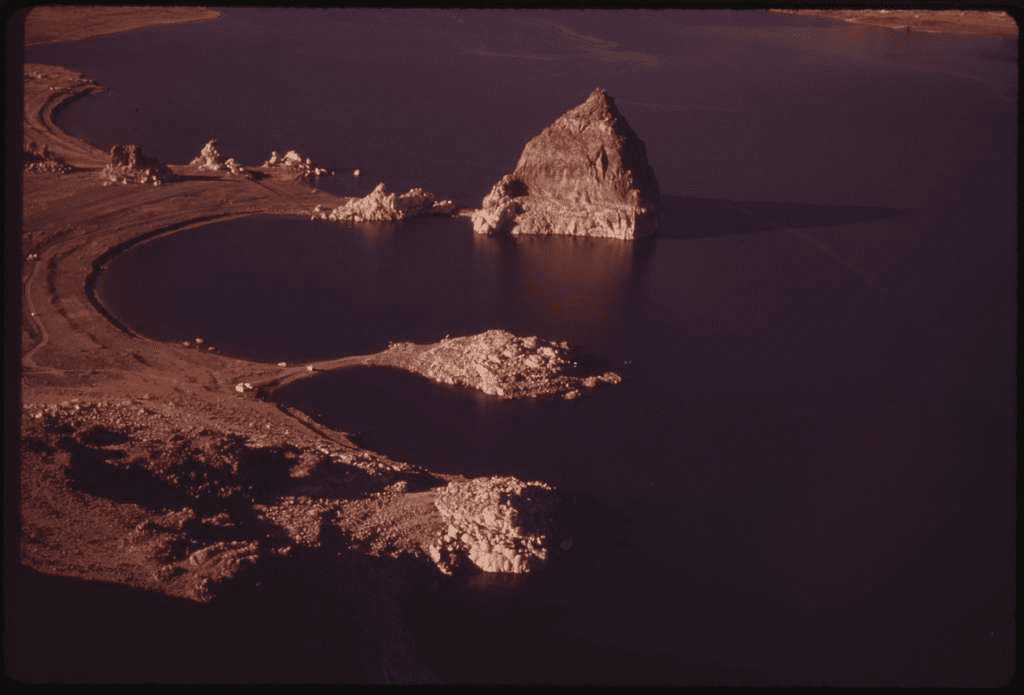In a mystifying twist, Wupatki National Monument, renowned as a historic Puebloan site, has added another fascinating chapter to its narrative. The spotlight now falls on its unlikely visitors, the three-eyed prehistoric Triops, brought to life by Arizona’s Monsoon season.
A Collision of History and Prehistory
Embedded within the landscape of this famous monument, previously known as the hub of cultural exchanges, a circle-shaped ball court has transformed into the playground for these extraordinary creatures. The desert rainfall accumulating in this erstwhile Puebloan forum has awakened an array of Triops – the living relics of a bygone era.
Triops: Portraits from the Devonian
Triops, colloquially known as tadpole shrimp, are an evolutionary enigma. These three-eyed crustaceans are a window into Earth’s distant past, with their lineage tracing back to the Devonian era (419-359 million years ago). Imagine critters with two buggy eyes, a third one nestled between them, and a peculiarly-shaped peach pink body, all packed within an inch or two. They’re intriguing and adorable, resembling characters straight out of a Pokemon episode.
The Monsoon Miracle
The confluence of Arizona’s late July monsoon and these resilient Triops can be seen as nature’s masterstroke. Triops’ eggs lie dormant in the desert landscape, waiting for the right conditions. The sudden downpour has triggered their hatching mechanism, transforming the ball court into a freshwater habitat teeming with these shrimpy wonders.
The Call of Science
Despite the excitement and wonder these creatures have sparked, questions remain. Lauren Carter, lead interpretation ranger at Wupatki National Monument, hypothesizes these might be Triops longicaudatus – a freshwater version of the species. However, further scientific analysis is required to confirm this. Thus, the enigma of their specific identity has yet to be unraveled.
Similar Posts
An Ephemeral Lifespan and Lasting Legacy
Although Triops’ lifespan might be fleeting – up to 90 days – their existence in the Wupatki National Monument extends beyond the temporary timeframe. They’ve unexpectedly caught the eye of avian predators, leading to a premature end for many. Nevertheless, they may have left behind the seeds of their legacy – their eggs.
Future Revelations
The questions linger. How many Triops managed to reproduce before their watery haven evaporated? Will the monument witness a revival of this prehistoric spectacle during the next monsoon? As we eagerly anticipate the next chapter of this story, the incident stands as a testament to the marvels of the natural world and the enduring mysteries it continues to offer us.

















![A male [[Great white shark]] off [[Isla Guadalupe]], [[Mexico]]. Along with many [[Mackerel scad|Mackarel scads]] seen in the background. Photo Source- Terry Goss (CC BY-SA 3.0)](https://www.karmactive.com/wp-content/uploads/2025/06/White_shark-720x480.jpg)
